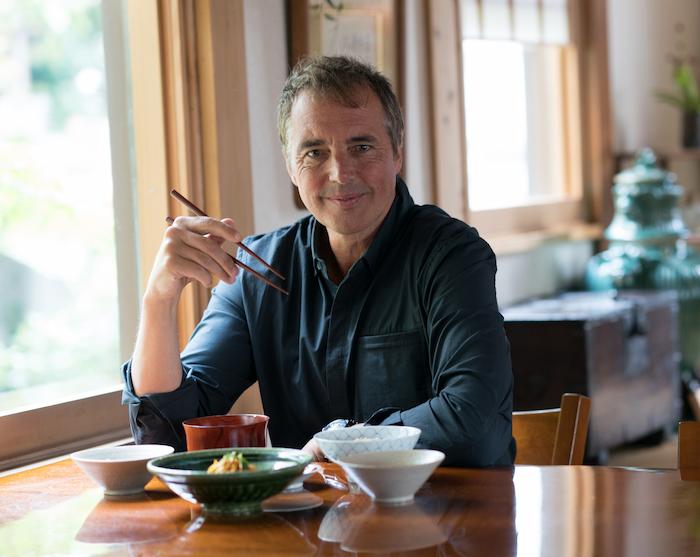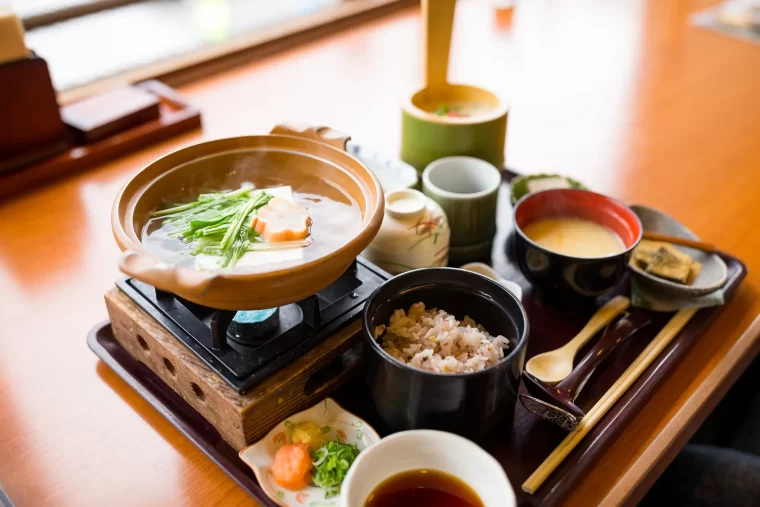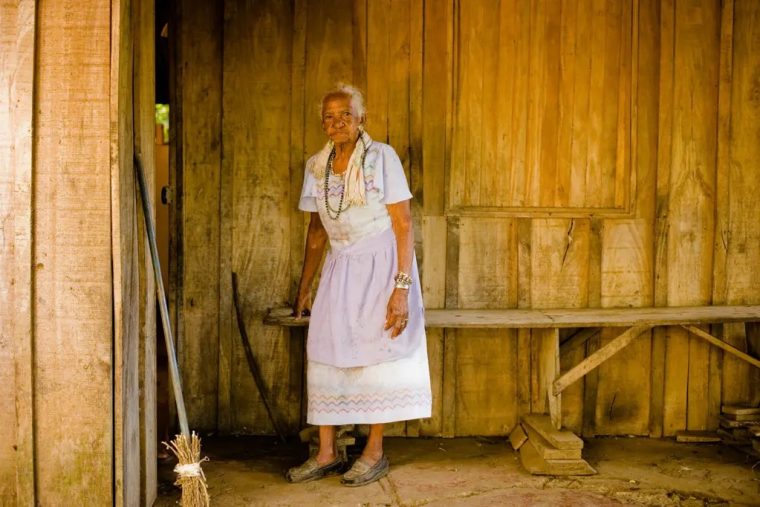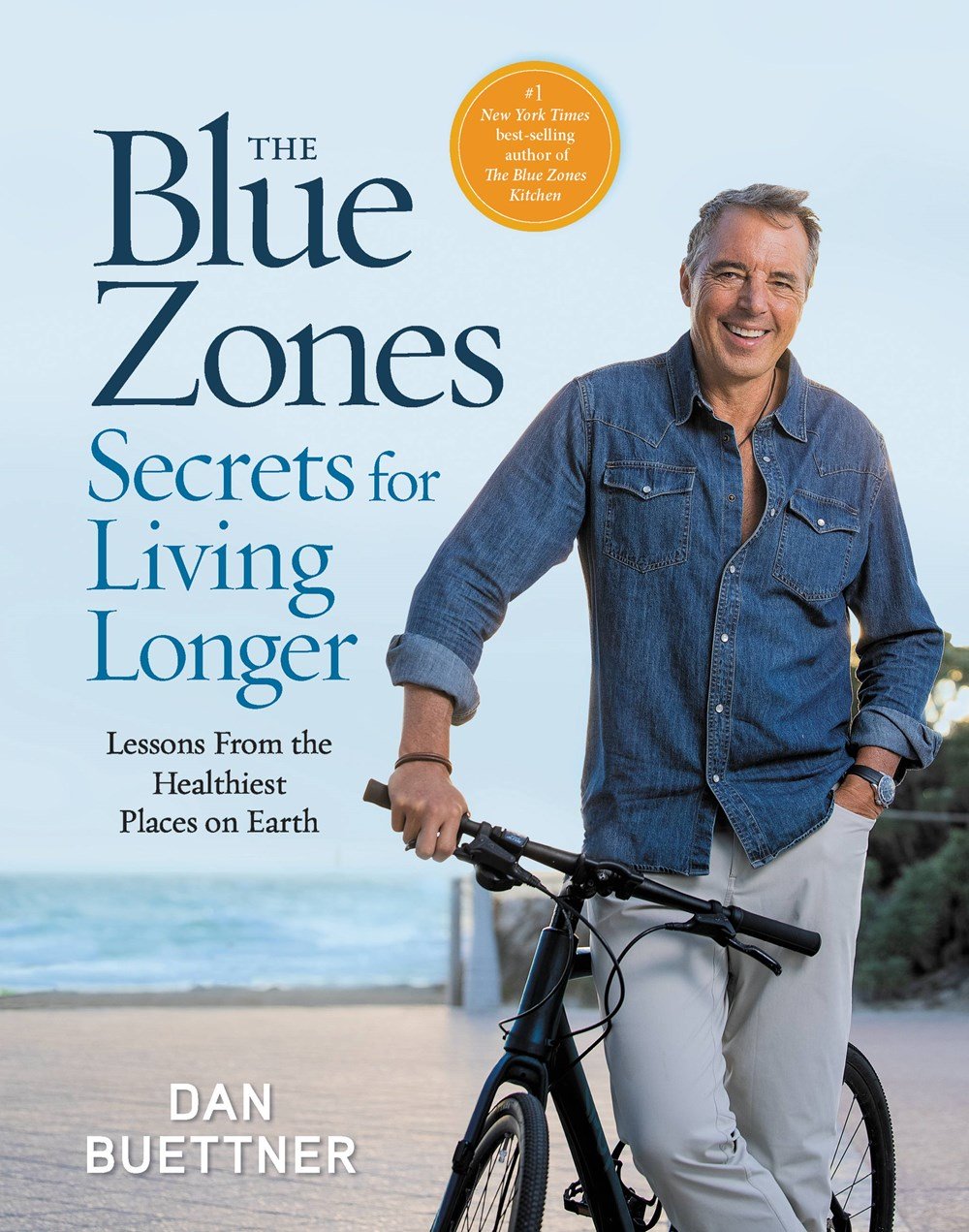Longevity is a complicated subject. It’s complicated, first of all, in a scientific kind of way; there’s a whole tangle of different sciences that have something (valid) to say about why certain people live longer than others.
You see (and will continue to see) a certain amount of this in this newsletter. In this edition, for example, I talk about bananas and habitual exercise; the topics are always a little bit random because there are so many different ways to approach longevity, even if you’re sticking strictly to the scientific facts.
And I do try to stick to the facts the vast majority of the time. That’s what people ultimately want AND need to hear, and I’m happy to share them. I must say, though, that I often wish I could acknowledge (and address) the complexities of longevity more than I can in any one edition.
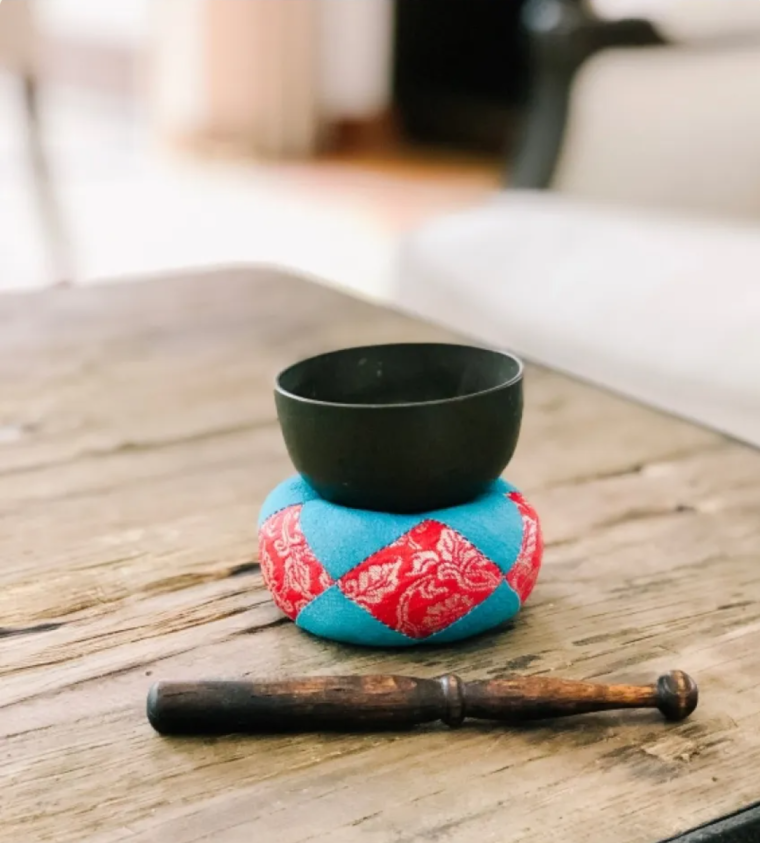
I’m sure that, if you stick with me for enough editions, all of the information gels together into something greater than the sum of its parts—as knowledge always does—and I do often refer back to previous editions, especially where the information naturally connects. But that’s not terribly satisfying in the moment.
So I’m very happy that I finally have a chance to explore the topic in greater depth! I’ll be co-hosting a special, weeklong mastery workshop called Optimizing Longevity from March 28th to April 2nd in Baja, Mexico with Modern Elder Academy (MEA) co-founder Chip Conley.
In these intimate workshops, we’ll be tackling some of the bigger, more elusive questions of longevity: how to (re)frame aging, how to tap into your life purpose, and more generally, how to truly live well in ways that go beyond the physical science.
You’re welcome to join me! If you’re interested, just click here for more info and I’ll hope to see you there.
Otherwise, I will still be more than happy to talk with you here about all the little things of longevity… like bananas and habitual exercise. So let’s get into it!

Today, I want to talk about the longevity-boosting power of bananas and share something you might not know about them, nutritionally speaking. ?
First of all, I do consider them a longevity food; in the Nicoya blue zone in Costa Rica, they’re eaten every day year-round, and they have been for hundreds of years. As I’m about to explain, there are a few things about bananas that contribute to the nutrition of these long-lived peoples.
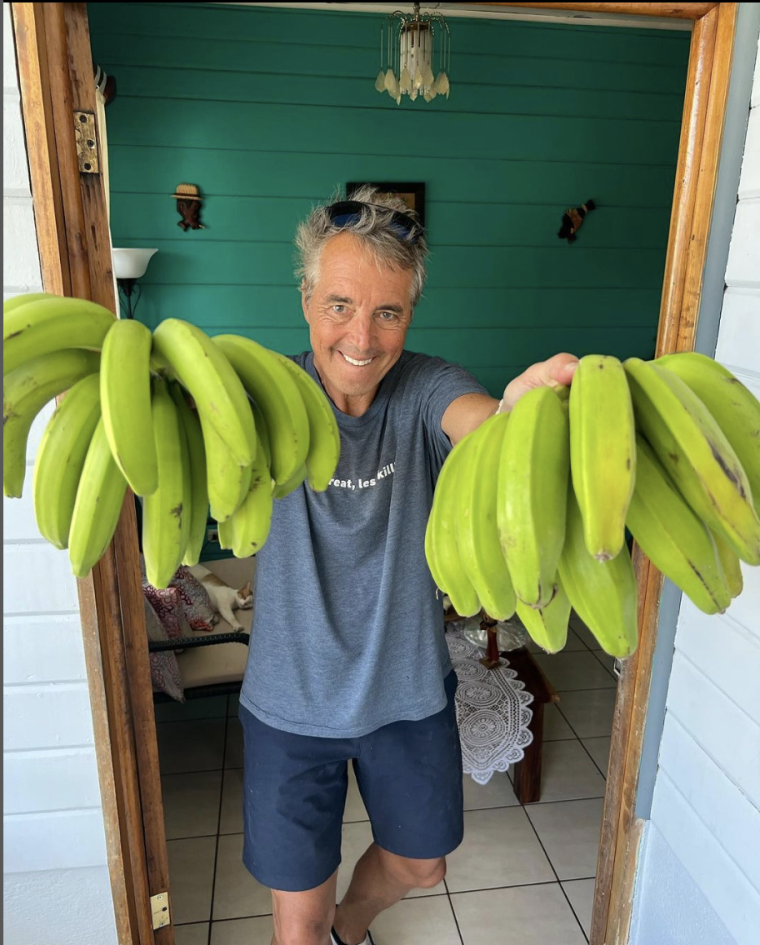
Now, we all know that bananas are “healthy” in the broad sense—they are natural whole foods, after all—but the nutritional opinions about bananas aren’t universally positive. The main concern raised about bananas is their sugar content, so we’ll start by putting that concern into perspective.
A typical banana has about 14g of sugar. Some comparisons to put that into perspective…
- It’s a little more than a Granny Smith apple (12g), but a little less than a pear (17g).
- It’s about ⅔ the sugar of a regular-size Snickers bar (20g).
- It’s about ½ the sugar of a 12oz can of Coca-Cola (31g).
In the standard 2000-calorie diet (which is assumed on Nutrition Facts labels), the recommended daily value for sugar is 50g—so a banana would be 28% of that daily value.
In other words, the amount of sugar in a banana certainly isn’t negligible, and the numbers on the Nutrition Facts labels (where they exist) aren’t lying.
Having said that, here are the counterpoints:
- Bananas are delicious. To the extent that it’s okay (health-wise) to have a sweet tooth, bananas are a good choice—and maybe more to the point, there’s no natural alternative (that I can think of) that will match a banana’s sweetness with less sugar.
- The sugar in bananas (fructose) is a simple sugar which hits our bloodstream pretty quickly—and this is why we taste an immediate sweetness to fruits like bananas and pears—but the sugar is totally natural. In other words, none of the sugar in a banana is added artificially; Nature intended for bananas to be as sweet as they are. So if you must overshoot your sugar intake, bananas are a healthier option than most. Then again…
- I don’t know many people who would want more than 1-2 bananas in a day—and if you eat too many bananas, sugar might not be your biggest concern anyway. As Dr. Hawkeye Pierce succinctly put it on M*A*S*H: “As a child, I once ate eleven banana sandwiches. I slept in the bathroom for a week.”
So now let’s return our attention to the nutritional benefits of bananas!
You might already know that bananas are rich in potassium (and therefore a common prescription for cramps like charley horses). You might also know that they’re loaded with vitamins C, B6, and A, as well as magnesium.
But a lot of people don’t know that bananas are high in fiber. For one thing, this means bananas are a great option for anyone trying to shed a few pounds—because, generally speaking, fiber helps you to feel more full without adding calories.
There’s a lot more to fiber, of course (it’s a complicated topic in nutrition), but the interesting thing about bananas is that the “character” of their fiber changes as the fruit ripens. In fact, unripened green bananas have a different set of health benefits than their sweeter yellow counterparts!
How does that work?
Well, as you know, bananas get sweeter as they ripen, and this is basically because their carbs are breaking down into simpler sugars like fructose. The natural question, then, is how bananas start out—what they’re made of before the ripening process makes them sweeter.
When a banana is still green, it’s full of resistant starches, so named because they resist digestion in the small intestine. Resistant starches, in other words, are “contrarian carbs” which don’t allow the stomach to chemically break them down and distribute their useful pieces to the rest of the body.
Once they’ve survived their passage through the small intestine, resistant starches break down (in the large intestine) into short-chain fatty acids, which are essential for providing energy to the cells lining your colon. This supports your gut health—which, in turn, supports the rest of your health.
But what does this have to do with fiber?
It turns out that, in our digestive system, resistant starches act a lot like insoluble fiber; that’s the kind found in salad greens and in apple skins, for instance, and the kind that helps keep our bowels moving smoothly along. (A green banana a day keeps the blockage away!)
Once a banana has ripened, though, the resistant starches give way to soluble fiber—the kind that dissolves in water and helps to moderate digestion as it’s happening (for example, by keeping blood sugar from spiking too fast).
In summary: the exact nutritional benefits of a banana will vary depending on the banana’s ripeness, but there are benefits either way. Bananas are a no-lose food as long as you don’t go totally overboard… but then again, doesn’t that condition apply to every food?
PS: This will be obvious to some of you, but just in case: plantains are a separate fruit entirely. When I say “green banana,” I mean an under-ripe banana, i.e. the same banana before it turns yellow.

People living in blue zones aren’t actively trying to cultivate habits for long life. Their environments are set up in ways that naturally support healthy behaviors. In this section of Eating to 100, I will share one simple habit you can incorporate into your life. Do it long enough, it becomes part of how you live. Build up enough of these habits, you’ll likely add years to your life and life to your years.
There’s an important difference between exercising and working out. I don’t know if everyone observes the same semantics, but here’s the difference I mean:
Exercise just means physical activity; it means that you’re actually using your muscles, even if you’re not pushing them to their limits or even straining them at all. A great many things count as exercise, including many of the most basic activities of everyday life (like walking). By contrast…
Working out is exercise for its own sake. It is time set aside, most commonly in a gym, for the express purpose of exerting the body, the usual implication being that the exercise wouldn’t happen otherwise (or wouldn’t happen enough). Some people go to the gym for a specific fun activity like, say, racquetball—but a great many others toil away on their machines, and it does NOT look very fun. It’s all the hardest parts of real-world exercise, but without any of the fun or immediate rewards.
I hold several Guinness Book world records for bicycling, but in a sense, that wouldn’t have been possible if I thought of bicycling as “working out.” I bike a lot because I want to… and I want to because I enjoy it. It’s exercise that just happens to have galvanized my health and longevity in the process. ?
People in the blue zones LIVE this distinction, whether they observe it or not. I suspect that they actually don’t observe it, simply because it’s so ordinary to them; it’s hiding in plain sight. They don’t go to gyms not because they knowingly refuse the option, but because it never even occurs to them (and if it did, they wouldn’t see the need).
Their lives and environments are just set up in a way that consistently nudges them into low-impact physical activity. They walk to the store and to see neighbors and to go to work; they garden and maintain their homes; they don’t use very many appliances, instead opting to do a lot of small labors by hand (for instance, mixing cake batter).
All of the blue zones share in those sorts of everyday physical behaviors, but each of the places has something else that contributes to its residents’ longevity. Ikaria, for example, is a rather steep and hilly place, which means that day-to-day walking involves a little extra exertion (though my point is that they don’t notice the difference). Sardinia and other places have narrow houses built upwards, sometimes four or five stories, meaning that residents are required to go up and down stairs countless times per day even if they’re not doing very much. And Okinawans traditionally sit on the floor, which means that they sit all the way down and stand all the way back up potentially hundreds of times in a day.
By this point, I’ve spent decades sharing details like these and teaching people how to apply them to their own lives. But when it comes to lifestyle and exercise habits especially, one of the biggest concerns I hear is, in a phrase, the idea that certain big-picture differences between ourselves and the blue zones are insurmountable—and I have to admit that certain parts of that concern are valid.
It’s true, for instance, that we can’t change the climate or geography of the places where we live so that they’re more accommodating of human bodies and outdoor exercise. We can’t change the ways that most cities are constructed to prioritize vehicles over pedestrians (at least not in the short term). Not least of all, we can’t change our cultures of origin and all of the assumptions that come with them.
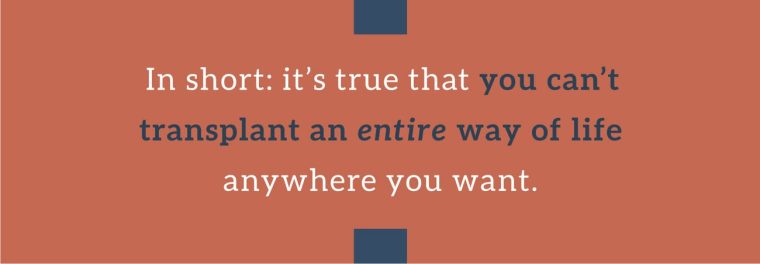
But at the same time, many of us don’t try hard enough to transplant or replicate the little behaviors that add up, as little things always do. For example: maybe we can’t add hills to make the streets steeper in our neighborhood (like in Ikaria), but we can find ways to walk more and spend more time on our feet in the first place.
The first important thing is to keep your mind, eyes, and ears open for new ideas, no matter how small they may seem. There are countless options out there, but just to get you started, here are five American-friendly ideas for adding “effortless exercise” to daily life:
Idea № 1: Do more things by hand, i.e. without a machine helping you. Believe it or not, the kitchen is one of the best places to get some low-impact exercise. Mixing things by hand might be a hard sell, especially for physically intensive tasks (like whipping egg whites to soft peaks)… but just remember that Ikarians don’t have to go to the gym and you might feel better about it. ?
Other manual tasks like grating cheese and chopping vegetables are less intensive, but immediately rewarding (if nothing else, they taste better fresh). And even if you’re not doing ANY of the cooking, just being on your feet and socializing in the kitchen and eating a home-cooked meal is doing you a lot more good than scientists fully know how to measure.
Idea № 2: Take walks, even if they’re just short walks around the block. Ideally, you would walk more places with purpose—that is, you would choose to walk as your way of getting places you need to be—but a lot of Americans don’t live within (easy) walking distance of anything, and I couldn’t hold that against you.
Still, it’s good for you to take a stroll after dinner, even if it’s just out and back, because walking has a litany of health benefits (like improved digestion, since I mention walking after dinner). Something about taking a walk helps the brain to subconsciously sort things out, and the Romans had a saying for this: solvitur ambulando, which means “solve it by walking.”
Idea № 3: Take the stairs. I wouldn’t expect you to go up ten stories, especially not if you have a meeting at the top for which you don’t want to be sweaty. But I have three little thoughts to suggest about taking the stairs:
- One of the blue zones’ best ways of adding physical activity is, in a word, verticality; the terrain requires people to go up and down a lot. In other words, stairs really are good for you!
- You’d be doing yourself some good even if you only ever took the stairs down. If you’re firmly refusing to climb the stairs, I’d ask you to descend them instead.
- In season two of Stranger Things, when the demodogs started invading the lab, Chief Hopper and Sam Owens survived because they took the stairs up from the basement. Everyone who took the elevator died a horrible death. Just sayin’.
Idea № 4: Try a standing desk. I say “try” because some people absolutely hate this and some people never sit at their desks again, and trying is the only way to find out which kind of person you are. (Just FYI: they also make standing desks with adjustable tabletops so that you can stand OR sit at the same desk.)
In general, the whole “sedentary office job” thing is one of America’s biggest hurdles to consistent, mindless exercise. So the only other thing I’ll say here (given the huge variety of jobs and their requirements) is that you should control what parts you can—and for many desk-working folks, a standing desk is the single best way to make their workdays healthier without radically changing lifestyle or other habits.
Idea № 5: Try to avoid outsourcing physical housework (even shopping). In some ways, this is a corollary to Idea № 1, but worth mentioning separately because we think of it in a very different way. Idea № 1 is essentially saying to do the same tasks, but manually; Idea № 5 is trying to convince you to continue doing physical tasks that you’d be tempted to pass entirely to somebody else (spouse, teenager, hired contractor, et cetera).
I’m not trying to tell you how to run your household. Only you know what’s possible, and only you know what makes sense. But if we’re talking about regular, low-impact, physical labor done around the house, we are talking about something that’ll help you live longer!
Two big examples come to mind:
Yard Work ? Needs vary by household, of course, but all yard work is essentially low-impact physical exercise. You’re on your feet, walking around, and sometimes exerting yourself to a minor degree (like pushing a lawn mower). A lot of it is also unskilled or semi-skilled, which means that it’s easy enough to do…
… and also that it’s often easy to coax a teenager to do it for (in adult terms) a very reasonable sum of money. Or to hire the neighborhood’s preferred lawn service, but you get the point: other people can do it, and that’s removing a potential healthy habit.
Just don’t try to do anything you’re not qualified to do (like removing dead trees). Safety first.
Grocery Shopping ? Instacart is (I’m told) a miraculous invention for busy people, and again, I won’t tell you what makes the most sense. But if it’s purely a choice of convenience, I would encourage you to rethink it—because aside from giving you that low-impact exercise, grocery shopping is also one of the few modern analogues for connecting with and choosing our food. It’s more important than you might think!

The Blue Zones American Kitchen is available now! If you haven’t ordered your copy yet, you can do so from any retailer where books are sold. Each week, we’re celebrating some of the incredible chefs who have shared their brilliance with us in this lost American Diet of Longevity.

Laura Rhatmeny Som is the founder and executive director of the MAYE Center, a wellness destination in Long Beach, California that focuses on physical, spiritual, and community growth.
Born in Cambodia, Laura was kidnapped and dropped in an orphanage, where she learned to farm and cook. A refugee of the Cambodian genocide that lasted from 1975 to 1979, she opened the MAYE Center to help others find the tools for healing—including agriculture and gardening (as well as meditation, yoga, and other education).
The urban farming she teaches allows the center’s members to grow their own food and thereby control their own health and well-being.
She shared her recipe for Red Cambodian Curry with me in The Blue Zones American Kitchen.

My friend Toni from Plant-Based on a Budget has a new cookbook out soon called Plant-Based on a Budget: Quick & Easy and it’s a wonderful kitchen staple for anyone with limited time and money who’s trying to eat well. Today she’s sharing one of her upcoming recipes with us that I highly suggest you check out!
Curried Lentil Soup

Ingredients
1 tablespoon vegetable oil
1 small yellow or red onion, diced
1 red or green bell pepper, diced
1 tablespoon minced ginger
3 garlic cloves, minced
2 small carrots, sliced
2 celery ribs, sliced
1 tablespoon curry powder
11/2 cups red lentils
4 cups water
1 (13.5-ounce) can coconut milk
2 vegetable bouillon cubes or “No Chicken” paste equivalent
Salt and black pepper, to taste
The Method
- In a large pot, heat the oil over medium-high heat. Add the onion, bell pepper, ginger, garlic, carrots, celery, and curry powder and sauté until the onion becomes tender, 3 to 4 minutes.
- Pour in the lentils, water, coconut milk, and bouillon cubes. Bring to a boil, cover, lower the heat, and simmer until the lentils are tender, 15 to 20 minutes.
- Season with salt and pepper.
